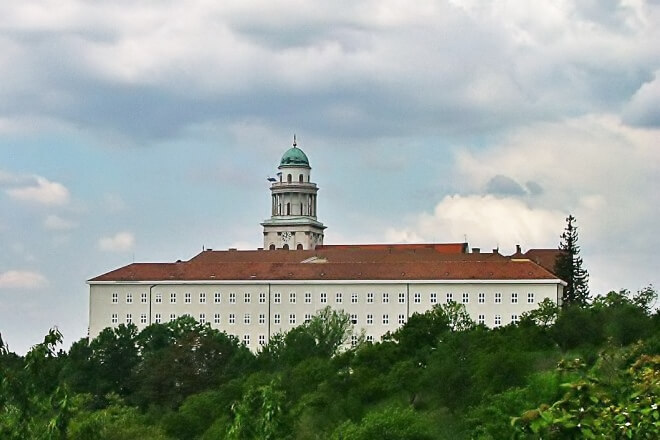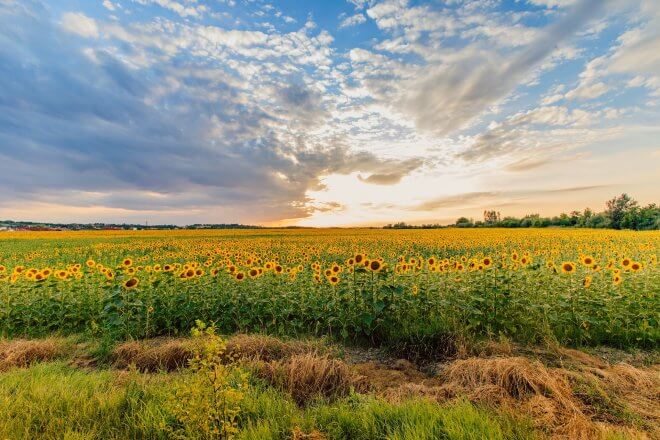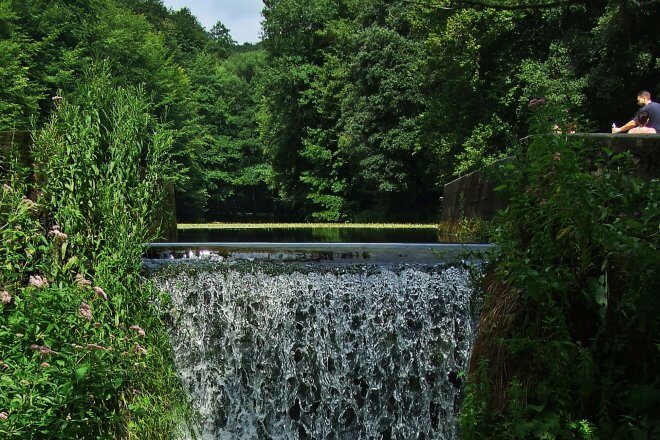Alternative Travel Index Rank: #15
Hungary also ranks 9th in the Top 10 Cultural Travel Destinations
Excels in health & hygiene and transport efficiency
Population and tourists density at peak season: 117 (medium)
Hungary offers plenty of diverse destinations: relatively low mountains in the north-west, the Great Plain in the east, lakes and rivers of all sorts, an impressive thermal water cave system, and many beautiful villages and cities. Top this off with Hungary’s great accessibility in the middle of Europe, a vivid culture and economy, and you get a country definitely worth visiting if you’re in the region.
Travel Costs
Hungary ranks #76/141 for price competitiveness in Justraveling’s Alternative Travel Index. Average travel costs per day: $50 (backpacker) – $117 (mid-range). Cheapest Hungarian cities: Pecs, Szekesfehervar, Budapest. Most expensive Hungarian cities: Veszprem, Debrecen, Szeged.
Best Time to Go
Apr-Jun and Sep-Oct are the best time to go to Hungary. The country’s climate is marked by hot summers with frequent rainshowers and mildly cold snowy winters. Fall is a great time to enjoy the grape harvest and the wine festivals.
Places to Visit
With abundant green spaces, renowned museums, natural thermal baths, an extensive Medieval Castle District and a thriving nightlife, Budapest is one of Europe’s most delightful and enjoyable cities, a true “Paris of the East”.
The Fertö/Neusiedler Lake, recognized by UNESCO as cultural landscape, is the largest endorheic lake in Central Europe, and an important resting place for migratory birds. The area has been the meeting point of different cultures for over eight millennia and hosts villages of considerable cultural interest.
Pannonhalma, 20 km from Győr, is dominated by a millenary Benedictine Abbey, and surrounded by a wine region of 630 hectares and a Nature Park, created in 1993 to impulse the sustainable rural development of the region.
Aggtelek and Jósvafő are known for their massive and beautiful karst cave system. They both are in Borsod-Abaúj-Zemplén, a region that bears the name of three historic Hungarian counties, each of them centered around a castle.
Debrecen, in the Hungarian Great Plain, is the 2nd largest city of the country, with about 200,000 inhabitants, and an important cultural and religious centre. It’s been Europe’s largest Calvinist city, and that heritage remains strong.
Hortobágy (The Puszta) is a 800 sq km national park in eastern Hungary, rich with folklore and cultural history. The park is Hungary’s largest protected area, a World Heritage site since 1999, and the largest semi-natural grassland in Europe.
Travel Ideas and Things to Do
Cycling in the Tokaj Wine Region is probably the best thing you can do, in addition to drinking its incredible wine. This historic cultural landscape consists of 28 named villages and 11,149 hectares of classified vineyards, and is suited to any cyclist looking for a slow and pleasant journey. More info here.
From mid June to early October, Hungary hosts many festivals, that offer a unique chance to discover its culture and traditions. Wine and music seems to be their favorite combination, but here you’ll get a few more good suggestions.
Considered to be one of the oldest long distance paths in Europe, Hungary’s National Blue Trail is divided into 27 sections for a total of 1,128 km. Starting atop the Irottkő Mountain, the trail reaches Budapest half way on its route.
More active travel ideas for your next trip can be found in the Hiking Series. Check out these five routes to enjoy an awesome day hike in Hungary.
This Travel Guide is a work in progress. Improve it with a Hungarian touch!
- Browse All European Destinations
- World’s Best Alternative Travel Destinations
- Trip Planning: Inspiration, Budget, Flights, Accommodations, Tools
Sources: some text excerpts from Wikitravel & Wikipedia; travel cost data from Numbeo.




